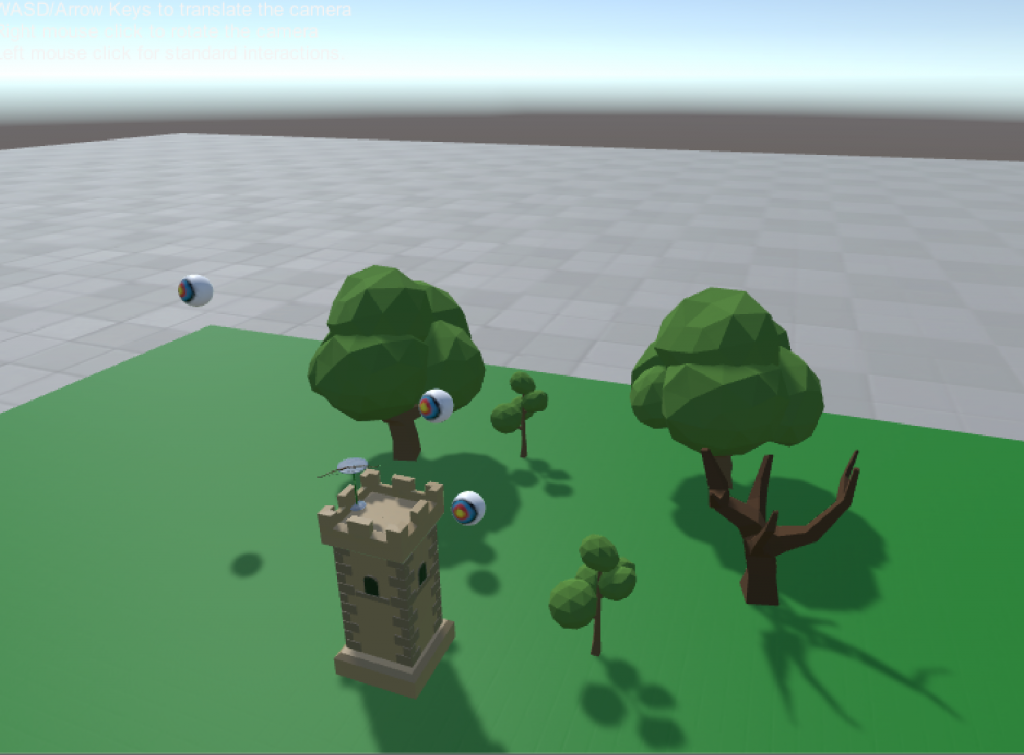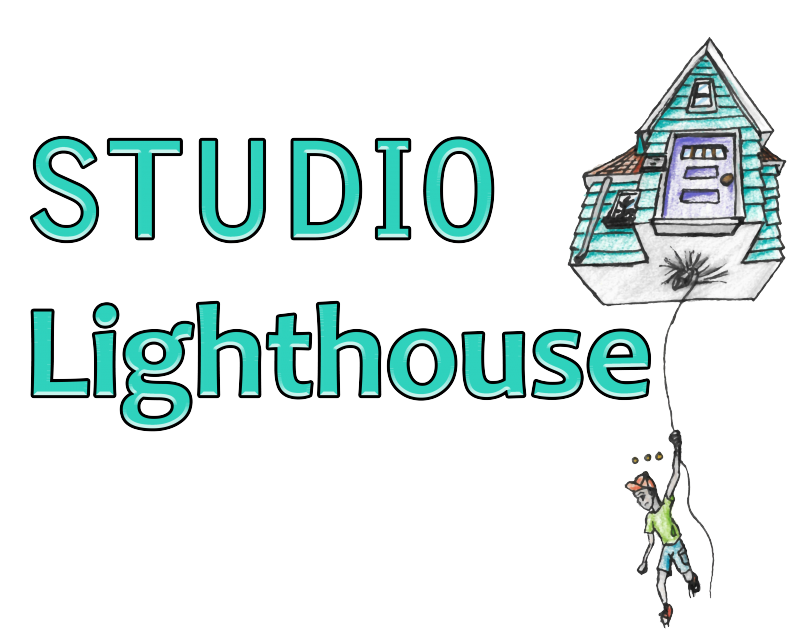Dev Update 22/02
Game summary
Initially, our design started as two separate concepts: a VR swordfighting game similar to the one in Wii Sports Resort, and a VR castle construction game where the player would build a castle to defend against attacking enemies. A misunderstanding resulted in these two ideas being combined into one, which led us to an even better idea: a VR game where you place down towers to defend against enemies, then inhabit them to play minigames where you personally fight off the enemies.
This week’s progress
This week we started prototyping our swordfighting minigame. With this one, we wanted to achieve a feeling of a horde of enemies rushing towards you, who you would attack with your skillful swordsmanship and fend them off. To make it more interesting than “anyone you touch with your swords dies”, we decided to add shields on the enemies so that you have to hit them in certain places. But this presents a problem: in VR, your controller always matches your hand’s physical location. If the sword is attached to the controller, then a virtual shield won’t do anything to stop the sword, since nothing is stopping your hand in real life. We could make the sword a simulated virtual object which could get separated from the controller, but this seemed weird and unintuitive. To solve it, we looked at the problem at a higher level. The player should avoid the shield in order to hit the enemy. The exact details of what happens when they hit the shield are somewhat flexible; we just want them to swing more carefully to avoid the shield.
The first solution we thought of was to make the sword rubbery and floppy, so it bends back whenever it hits the shield. However, this didn’t really fit with our planned aesthetic, which is wooden blocks and figurines. The second solution we came up with was to temporarily disable the sword if it hits a shield. The player can swing it around wherever they want, but it won’t do damage for a second after hitting an enemy shield, so they have to dodge it to do damage. This could be justified in our aesthetic by the fragile wooden sword breaking off when it hits a shield. We prototyped this mechanic and it felt pretty fun, so we will probably stay with it.
We also began working on the zooming in and out mechanic. The “meta-game” section takes place at a much larger scale, and the player will be able to place down towers on the battlefield. Each minigame is at a much smaller scale, as the player can get up close and personal with the enemies. This week we developed the zooming transition from large-scale to small-scale, based on SteamVR’s teleporting, and it is working well (and more importantly, isn’t nauseating).
In addition to our major contributions to the game, we continued to polish the mini-games we already had. This meant we began to make uniform visuals across all the small games, and even similar item spawn areas. As the the game begins to look more unified we begin to see new areas for improvement as some assets that work for one mini-game may need to be adjusted for the others. At the moment we have four functioning mini-games.
Finally, we started looking at how to do enemy pathing. Previously we just had the enemies move in straight lines, which was okay for prototyping but quickly became boring. We are currently planning on using a Unity package with support for Bezier curves to edit complex curved paths for the enemies to walk along.

Still to do:
The major thing we still have to add to our game is the major metagame area. The toy board our players start in and manipulate. From the toy board our player can drop down mini-games in specially designed spots and jump right into the defense games.
We also need to import our new 3D models to replace our current placeholders. This will give the game more life as we get to see our vision begin to take form.
